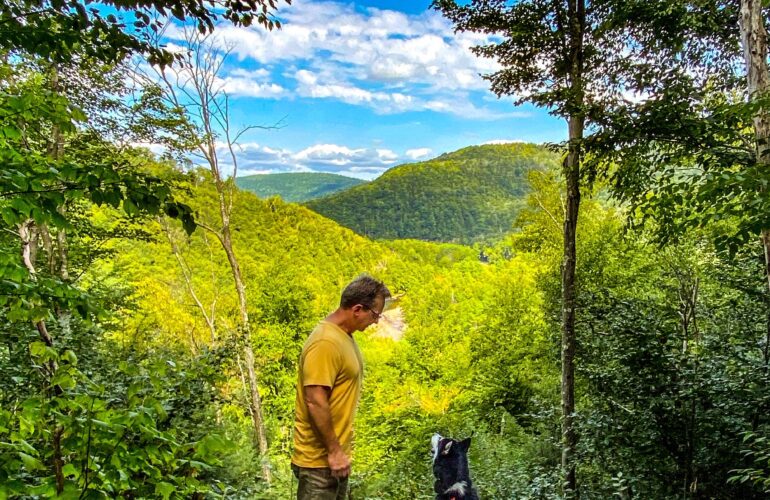
Featured Image: Monica Marzani – Worlds End State Park
Our state parks and forests do important things for us – they are economic generators, they provide health benefits free for the taking, and they improve our daily quality of life.
They are also spaces for play where we can improve our lives by living playfully.
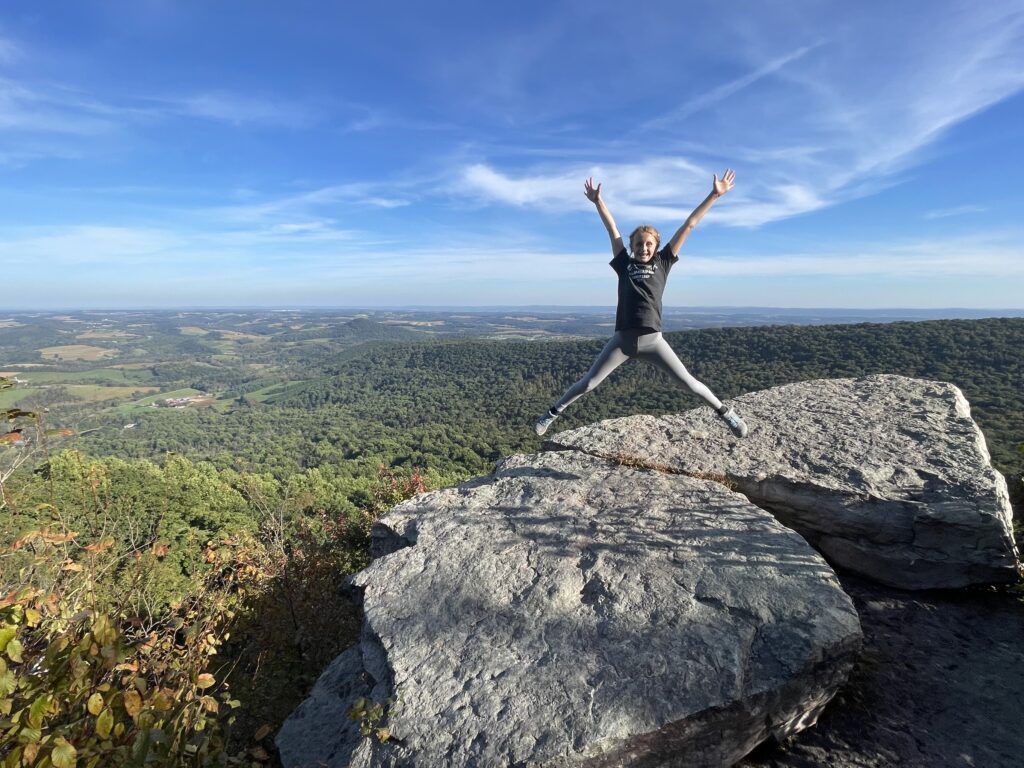
Melissa Wohlsen – Weiser State Forest
Play is serious business. Every media source worth its salt is reporting on health studies touting the value of unstructured time in all of our lives. Play fosters creativity, increases mental acuity and, it goes without saying, burns calories and builds muscles. And when you play outdoors? The benefits multiply for kids and adults alike. Some (myself included) would argue that it’s even more important for us to find a way to lighten up a bit. Remember Richard Louv and his Last Child in the Woods – Saving Our Children From Nature Deficit Disorder? His book, The Nature Principle, applies the same science to grown-ups. In his introduction, he tells of a woman he met in Seattle who “literally grabbed my lapels and said, ‘Listen to me, adults have a nature-deficit disorder, too!’”
We know how easy it is to just keep your head down and work until you drop. Some days you may feel as though you haven’t accomplished a single thing and if you look back you may not remember what you did. Many great resources offer insight into the benefits of play. For example, Helpguide.org* breaks it down to illustrate how play changes the quality of life – for children, certainly, but for adults as well.
Play connects us to others: Sharing joy, laughter, and fun with others promotes bonding and strengthens a sense of community. We develop empathy, compassion, trust, and the capacity for intimacy through regular play.
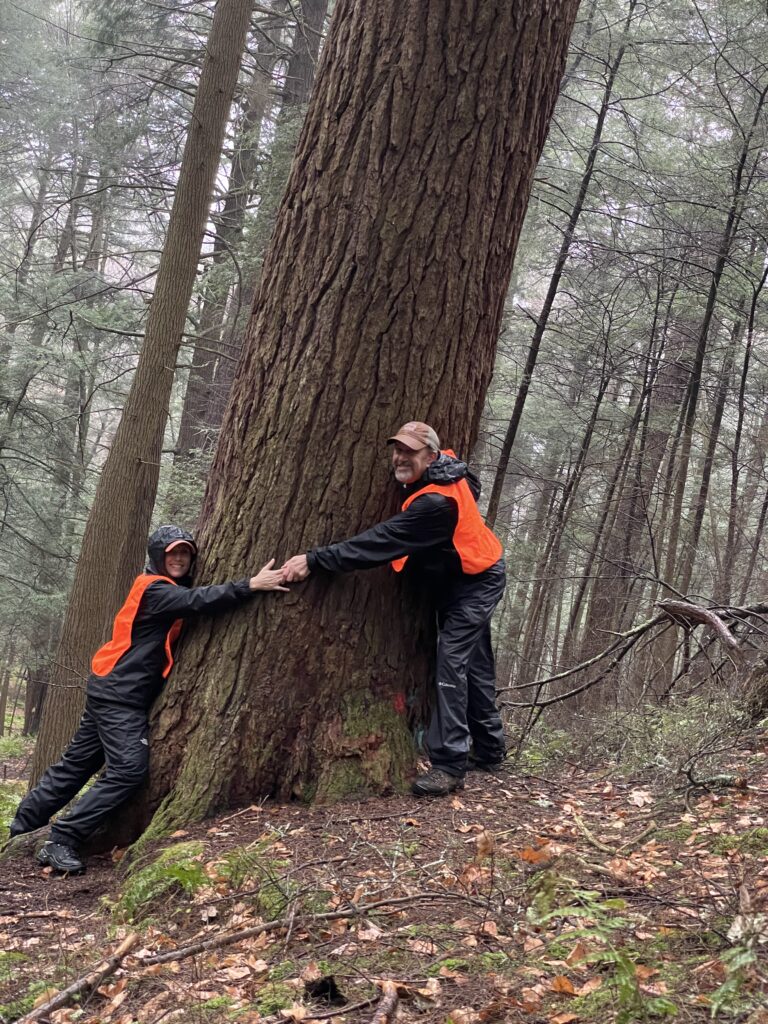
Melissa Wohlsen – Susquehannock State Forest
Play fosters creativity, flexibility, and learning: Play is a doorway to learning. Play stimulates our imaginations, helping us adapt and solve problems. Play arouses curiosity, which leads to discovery and creativity. The components of play – curiosity, discovery, novelty, risk-taking, trial and error, pretense, games, social etiquette, and other increasingly complex adaptive activities – are the same as the components of learning.
Play is an antidote to loneliness, isolation, anxiety, and depression: When we play vigorously, we trigger a mix of endorphins that lift our spirits and distractions that distance us from pain, fear, and other burdens. And when we play with other people, with friends and strangers, we are reminded that we are not alone in this world. We can connect to others in delightful and meaningful ways that banish loneliness.
Play teaches us perseverance: The rewards of learning or mastering a new game teach us that perseverance is worthwhile. Perseverance is a trait necessary for healthy adulthood, and it is learned largely through play. Perseverance and violence are rarely found together.
Play makes us happy: Beyond all these excellent reasons for playing, there is simply the sheer joy of it. Play is a state of being that is happy and joyous. Jumping into and out of the world of play daily can preserve and nourish our own hearts, and the hearts of our communities.
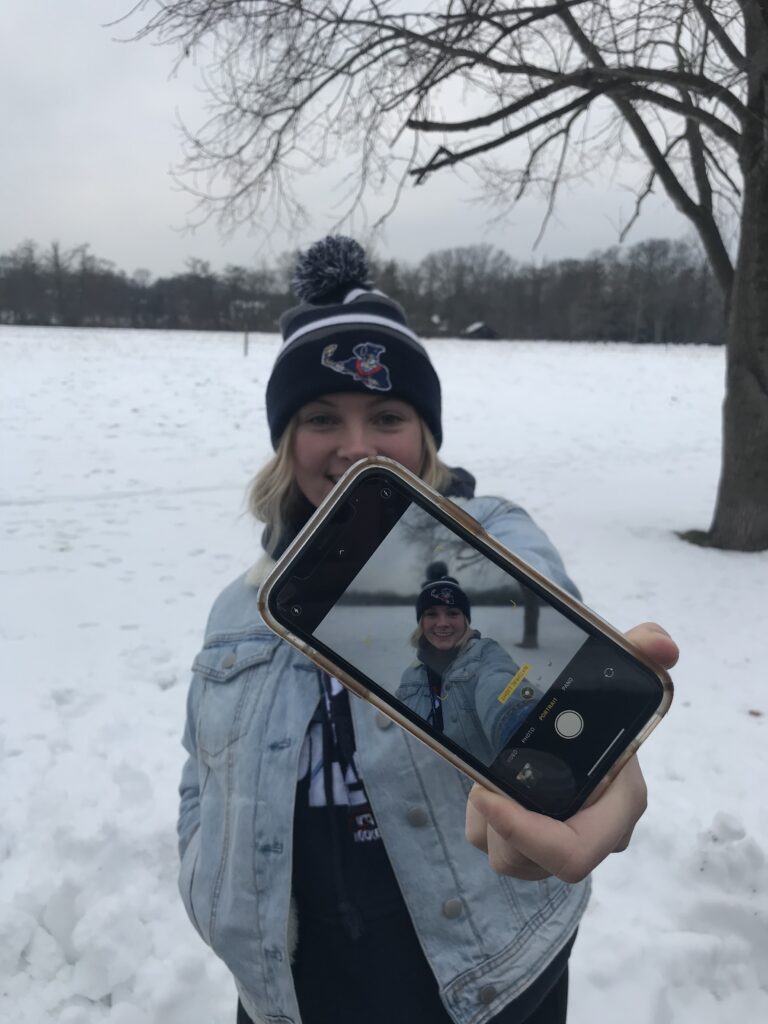
Maggie Simmonds – Washingtons Crossing
Play helps us develop and improve our social skills: Social skills are learned in the give-and-take of play. Verbal communication and body language, safety and danger, freedom and boundaries, cooperation, and teamwork: all are discovered and practiced repeatedly during infant and childhood play. We continue to refine these skills in adulthood through play and playful communication.
Play teaches us how to cooperate with others: Play is a powerful catalyst for positive socialization. Through play, children learn how to “play nicely” with others – to work together, follow mutually agreed-upon rules, and socialize in groups. As adults, play continues to confer these benefits. Evidence even shows that play may be an antidote to violence. In fact, those who avoid or have never learned to play may become lost in the world of fear, rage, and obsessive worry.
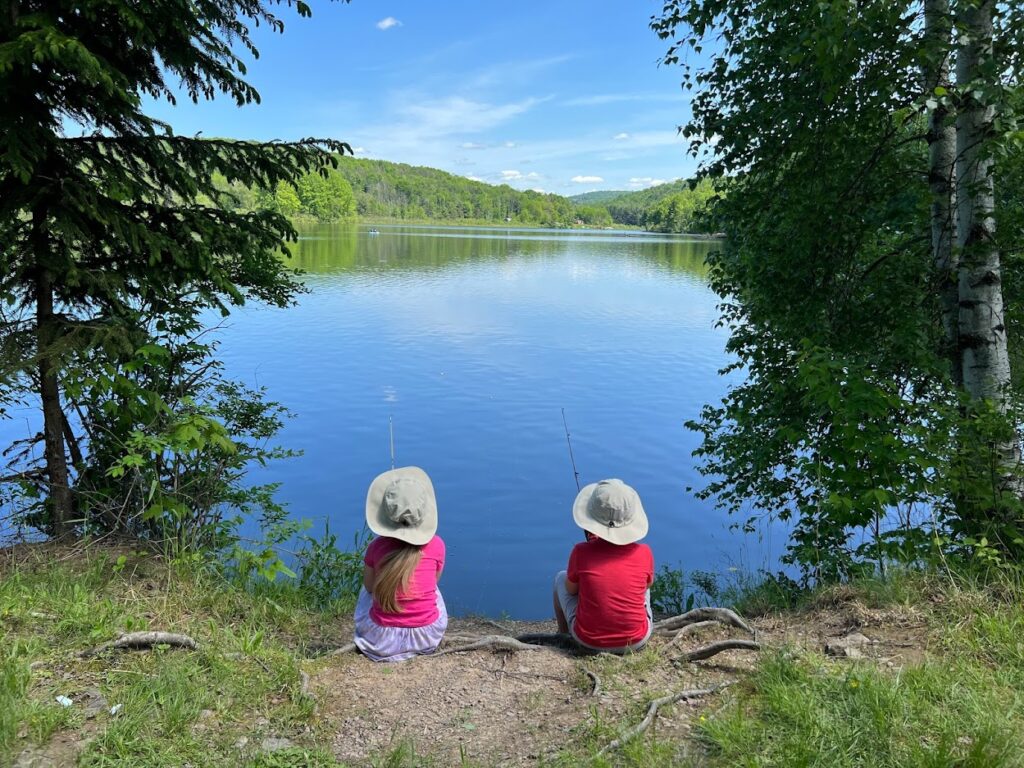
Linda Stout – Lackawanna State Park
Mutual play can heal emotional wounds: When adults play together, they are engaging in exactly the same patterns of behavior that positively shape the brain in children. These same playful behaviors that predict emotional health in children also lead to positive change in adults. Studies show that an emotionally-insecure individual can replace negative beliefs and behaviors with positive assumptions and actions by living with a secure partner. Close, positive, and emotionally fulfilling relationships heal and create emotional resiliency. Play provides a safe and joyous context for the development of such relationships.
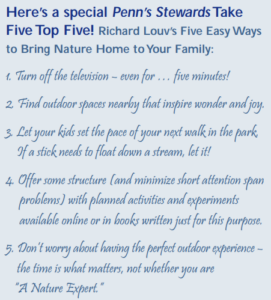 Playfulness in Relationships: Mutual laughter and play are essential components of strong, healthy relationships. By making a conscious effort to incorporate more humor and play into your daily interactions, you can improve the quality of your love relationships- as well as your connections with co-workers, family members, and friends.
Playfulness in Relationships: Mutual laughter and play are essential components of strong, healthy relationships. By making a conscious effort to incorporate more humor and play into your daily interactions, you can improve the quality of your love relationships- as well as your connections with co-workers, family members, and friends.
Playing at Work: Work is where we spend much of our time. That is why it is especially important for us to play during work. Without some recreation, our work suffers. Success at work doesn’t depend on the amount of time you work. It depends upon the quality of your work. And the quality of your work is highly-dependant on your well-being. Taking the time to replenish yourself through play is one of the best things you can do for your career. When the project you’re working on hits a serious glitch (as they frequently do), heading out to the basketball court with your colleagues to shoot some hoops and have a few laughs does a lot more than take your mind off the problem.
If basketball isn’t your cup of tea, having a model airplane contest, telling stories, or flying kites in the parking lot will also allow your relationship with the problem to shift and enable you to approach it from a new perspective.
Work or play: It’s all in your attitude. When researchers studied preteen children’s attitudes about play, they discovered that some children called almost everything they did “play” while others called almost everything they did “work.” Reconnecting with the children at the end of adolescence, the children who thought of everything as play were more successful and happier in school and were more content socially than the people who saw everything as “work.”
We believe in the value of PLAY, that’s why the Pennsylvania Parks and Forests Foundation and Friends Groups are breathing new life into playgrounds at parks across the state. From new swings to entire new playground systems, we are determined to make sure our parks have all of the amenities expected by the nearly 38 million visitors each year.
Find out more about PPFF’s Playgrounds for All initiative and how you can support the cause!
Reading List
- Play: How it Shapes the Brain, Opens the Imagination, and Invigorates the Soul by Stuart Brown
(ALSO: visit Dr. Brown’s National Institute for Play website at www.nifplay.org) - Why Zebras Don’t Get Ulcers by Robert M. Sapolsky
- Last Child in the Woods: Saving Our Children from Nature Deficit Disorder by Richard Louv
- Coyote’s Guide to Connecting with Nature by Jon Young
- Sharing Nature with Children, 20th Anniversary Edition by Joseph Cornell
- The Way of Natural History by Thomas Lowe Fleischner
- I Love Dirt!: 52 Activities to Help You and Your Kids Discover the Wonders of Nature by Jennifer Ward
- 15 Minutes Outside by Rebecca Cohen
* The information provided by Helporg.com “Play, Creativity and Lifelong Learning” by Gina Kemp, M.A., Melinda Smith, M.A., Bernie DeKoven, and Jeanne Segal, Ph.D. is used by permission

Pam Metzgar – PPFF’s Membership Coordinator and author of Take 5/Friday’s with Pam
###
About the Pennsylvania Parks and Forests Foundation
Founded in 1999, the Pennsylvania Parks and Forests Foundation supports 124 state parks and 2.2 million acres of forest by coordinating volunteers, activities, and donations through its 47 chapters. The mission of the foundation is to inspire stewardship of Pennsylvania’s state parks and forests. More at https://paparksandforests.org/.
Follow us on social media:
Facebook: @PennsylvaniaParksAndForestsFoundation
Twitter: @PaPFF
Instagram: @paparksandforests
LinkedIn: Pennsylvania Parks and Forests Foundation




